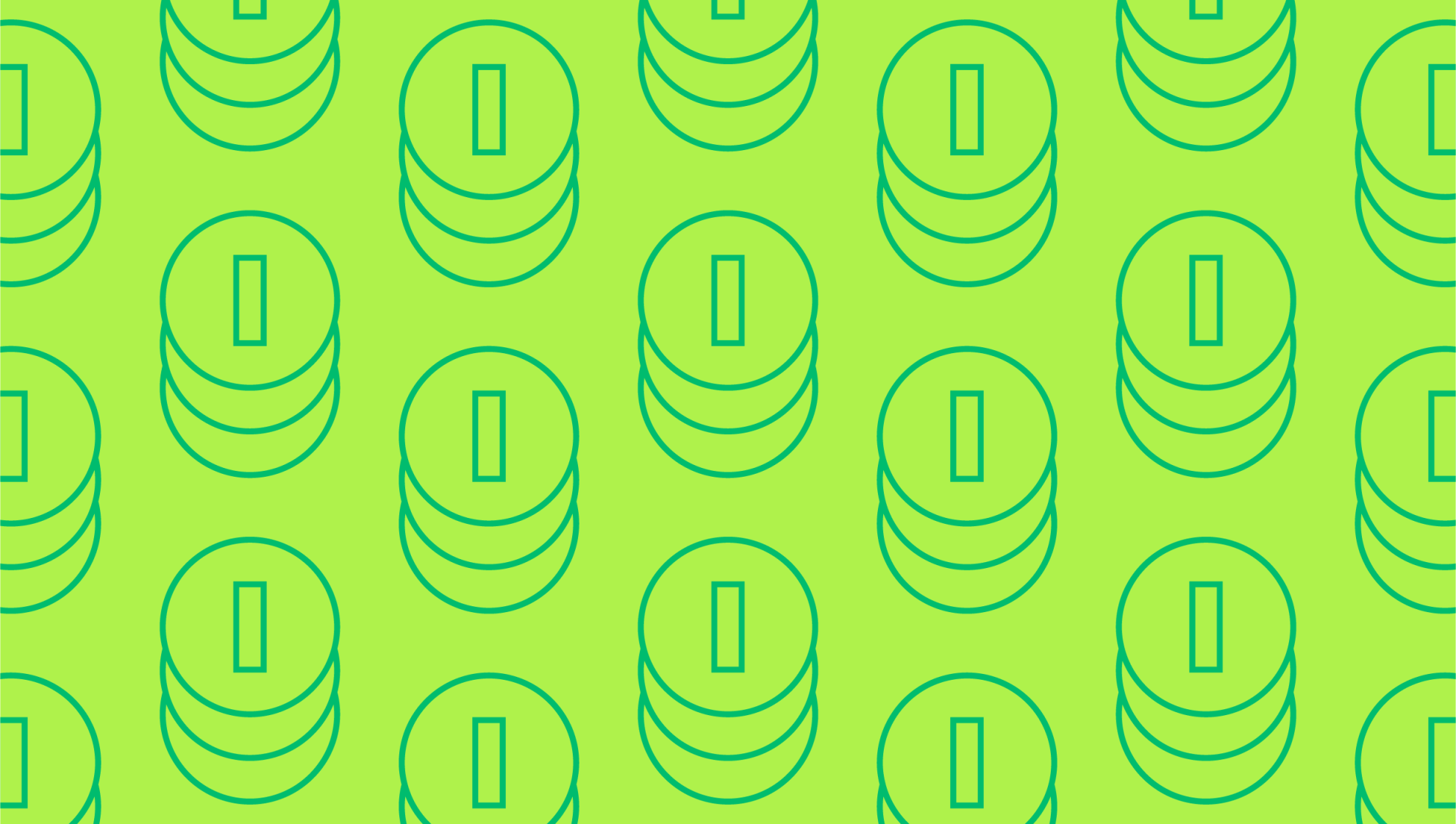Last editedApr 20212 min read
Do you ever wish you had a crystal ball? Expenditure, investment (and debt) are all part and parcel of doing business. But how do you know if a capital investment, endeavour or project is going to be profitable? How do you know that it won’t cause a terminal disruption in your cash flow?
Calculating the discount rate can help you determine the value of tomorrow’s cash flows today. This allows you to protect your liquidity and make better-informed decisions before tying up liquid capital in an investment or embarking on a new project.
Here, we’ll explain the meaning of the discount rate and provide an illustrative example.
What is the discount rate?
In the US, the discount rate has a double meaning, one of which is the interest rate charged by the Federal Reserve for overnight loans.
In the UK, however, the discount rate refers to the interest rates applied in a discounted cash flow (DCF) analysis. We have lots of methods for facilitating and measuring cash flow in the present, measuring the discount rate allows us to make reliable projections for future cash flows.
Calculating the discount rate
Whether you’re investing in a new piece of hardware, taking on a new team member or embarking on a new project, you need to know that the monetary value of the undertaking will be worth the upfront expenditure that’s required to get started.
There is no single bulletproof method for calculating the discount rate, but many find that the weighted average cost of capital is a good place to start. Two primary factors are used to calculate the discount rate:
The time value of money
Uncertainty risk
By tracking interest rates and inflation, we can make a confident prediction about the former, while market volatility and competitive analysis can inform the latter. A higher discount rate implies greater market uncertainty.
Before you establish a discount rate, you need to determine the project or investment's free cash flow. This is what’s left over after your upfront investment has been made. Once this has been established, it can be discounted to identify the net present value (NPV). If a project carries a higher risk than your usual operations, a risk premium can be added to the cost of capital to ensure that future cash flow isn’t compromised by a lack of foresight.
Discount rate vs cost of capital
The cost of capital can provide a useful starting point in calculating your discount rate, but that doesn’t make the two terms interchangeable.
The cost of capital is the cost of the debt incurred in order to finance a purchase or ease cash flow. It goes without saying that lenders expect to be compensated in the form of interest. The net interest incurred to take out a bridging loan, for instance, would be factored into the cost of capital.
Alternatively, if the undertaking were to be financed by stock issues, the cost of capital would be the cost of equity.
Discount rate example
A hypothetical company has been in business for 50 years. It has a sizeable and consistent market share, and is a ubiquitous name in its field. It’s stable, consistent and profitable. However, unlike a hungry new startup, it lacks the potential for substantial growth.
This company might want to branch out into a new market or diversify its product line. Such a project would carry a higher risk than standard operations, but could also bring substantial rewards and help it to smash the ceiling on its stagnating growth.
By calculating the discount rate, this firm can determine the viability and future profitability of such an endeavour. Plus, because it’s already operating from a position of strength and brand appeal, it’s able to bear the potential risks as long as calculations are based on a strong foundation like cost of capital.
We can help
If you’re interested in finding out more about the discount rate, cost of capital, or any other aspect of your business finances, then get in touch with our financial experts. Find out how GoCardless can help you with ad hoc payments or recurring payments.

